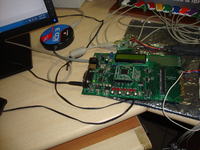rakshith
Junior Member level 2
Code C - [expand]
Attachments
Last edited by a moderator:



